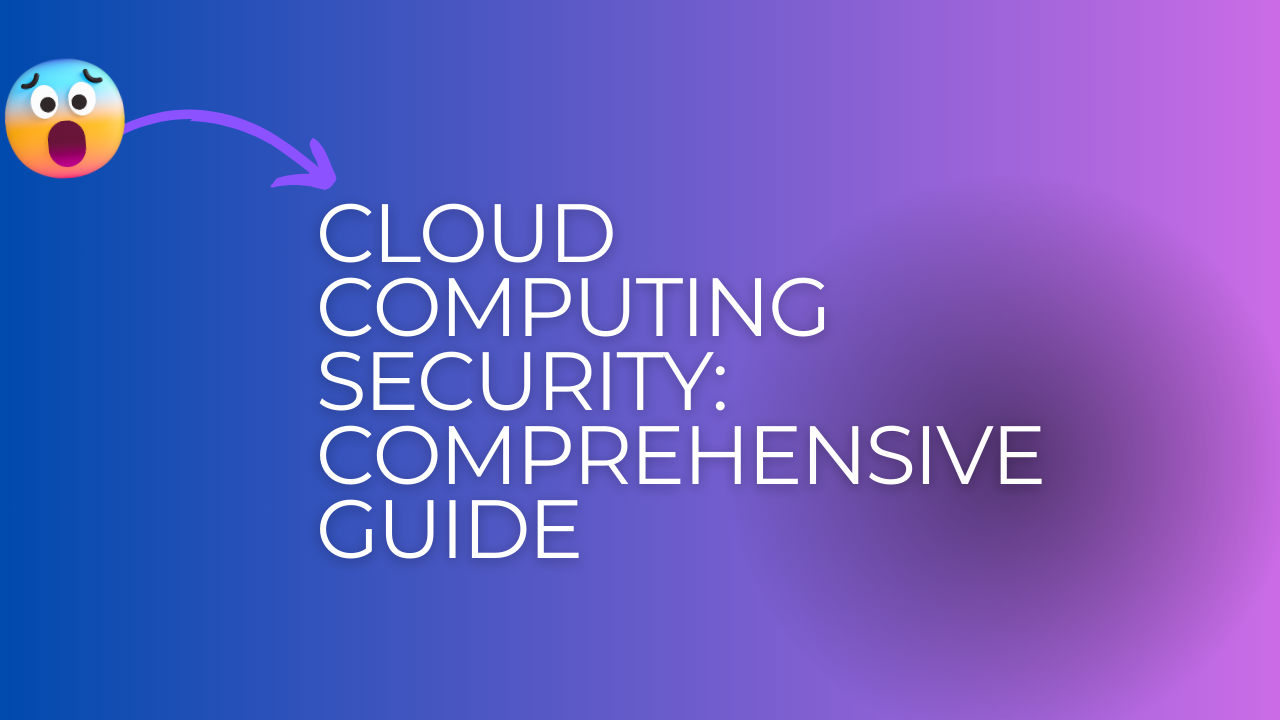Introduction
Definition of Cloud Computing Security
Cloud computing security encompasses the policies, technologies, and controls deployed to protect data, applications, and infrastructure associated with cloud computing. Ensuring security in cloud environments is vital as organizations increasingly rely on cloud services for their operations.
Importance of Cloud Computing Security
The security of cloud computing is crucial because it affects not only the data integrity and privacy of individual users but also the business operations of companies. Data breaches, loss of intellectual property, and service disruptions can have far-reaching consequences, making robust security measures essential.
Current Trends and Statistics in Cloud Security
Cloud adoption continues to grow, with Gartner predicting that by 2025, 85% of enterprises will have a cloud-first principle. Despite this growth, security concerns remain a top barrier, with 66% of IT professionals identifying security as their primary worry.
Understanding Cloud Computing
What is Cloud Computing?
Cloud computing refers to delivering computing services—servers, storage, databases, networking, software—over the internet, or “the cloud.” This allows for faster innovation, flexible resources, and economies of scale.
Types of Cloud Computing
Cloud computing is categorized into three main types:
- Public Cloud: Services are delivered over the public internet and shared across organizations.
- Private Cloud: Cloud infrastructure is dedicated to a single organization, providing greater control and security.
- Hybrid Cloud: Combines public and private clouds, allowing data and applications to be shared between them.
Key Players in the Cloud Market
Major cloud service providers include:
- Amazon Web Services (AWS)
- Microsoft Azure
- Google Cloud Platform (GCP)
- IBM Cloud
- Oracle Cloud
Key Concepts in Cloud Security
Data Encryption
Encryption is essential for protecting sensitive data in the cloud. It involves converting data into a coded format that can only be accessed by authorized parties.
Identity and Access Management (IAM)
IAM systems ensure that only authorized users have access to cloud resources. They manage user identities and enforce access policies across cloud environments.
Security Information and Event Management (SIEM)
SIEM solutions provide real-time analysis of security alerts generated by applications and network hardware, helping organizations detect and respond to security threats.
Common Threats to Cloud Security
Data Breaches
Data breaches involve unauthorized access to sensitive information. They can result in significant financial loss and damage to an organization’s reputation.
Account Hijacking
Account hijacking occurs when attackers gain access to user accounts, potentially leading to unauthorized activities and data breaches.
Insider Threats
Insider threats come from individuals within the organization who misuse their access privileges. These threats can be difficult to detect and prevent.
Denial of Service (DoS) Attacks
DoS attacks aim to make cloud services unavailable by overwhelming them with traffic. This can disrupt business operations and cause significant downtime.
Advanced Persistent Threats (APTs)
APTs are prolonged and targeted cyberattacks in which attackers gain access to a network and remain undetected for an extended period, often to steal data.
Data Breaches
Definition and Examples
Data breaches involve the unauthorized access, use, or disclosure of sensitive information. High-profile examples include the Equifax and Target breaches.
Impact of Data Breaches
The impact can be severe, including financial losses, legal penalties, and reputational damage. Businesses may also face regulatory fines and loss of customer trust.
Preventive Measures
Preventive measures include data encryption, regular security audits, and implementing robust access controls to limit who can access sensitive info
